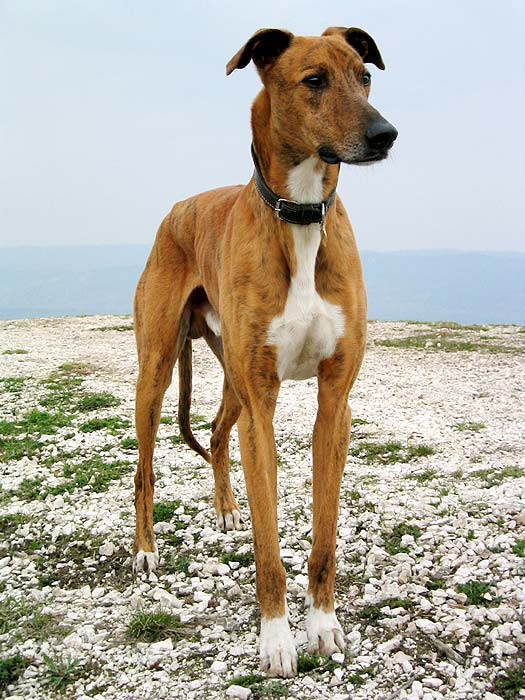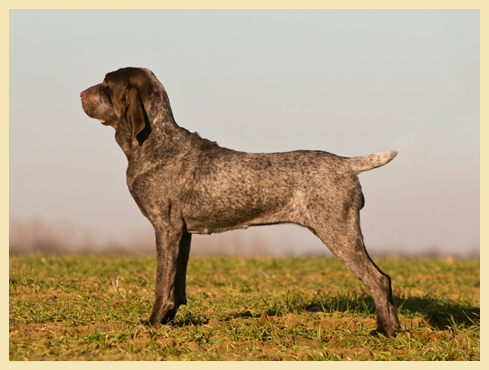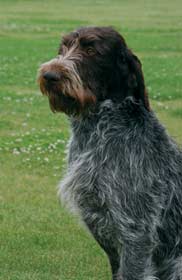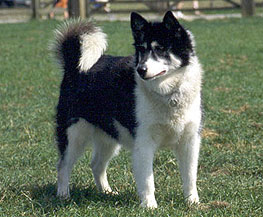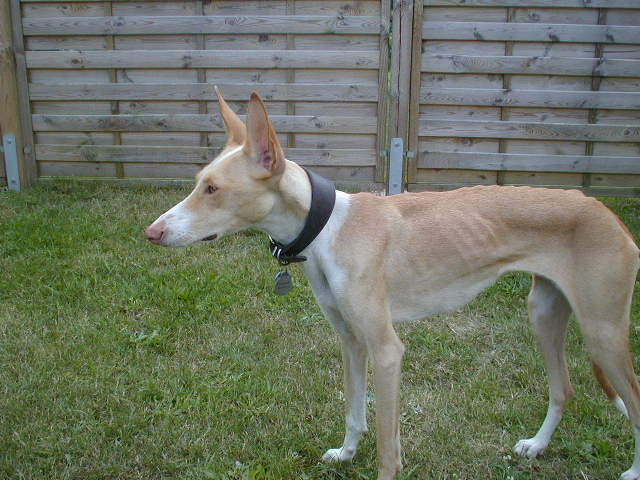The Pont-Audemer Spaniel is, and always has been, a rare breed. Being so low in numbers, the national breed club in France merged with the club for Picardy Spaniels (as well as the Blue Picardy), in hopes of keeping the breed afloat. Related to the aforementioned Picardy as well as the Barbet, Poodle, and Irish Water Spaniel, this water-loving breed is a gun dog that can point and flush game. It is more of a pointing/setting breed than a spaniel, with a medium-sized, yet hardy frame.
Pont-Audemers have good work ethics and can be fantastic in the field as hunting dogs, as well as smart and capable in the home. Mild tempered, loyal and loving, they get along well with people (including kids) and even have senses of humor! They love to play and to make their humans laugh, so much so that the have been dubbed “the little clown(s) of the marshes” in their native France. This said, the vast majority of them are kept as hunting dogs rather than as pets – or at very least are hunters first and companions second.
The “Ponty”, as he is affectionately known, tends to be easy to train when it comes to the “basics”. Make sure to keep training sessions short and fun as longer sessions can become tedious and boring after awhile. While he enjoys pleasing his master, he does have an independent streak and will occasionally defer to his own judgement if he finds something else he’d rather be doing! It is for this reason that more advanced obedience, while definitely do-able, will take time. A skilled trainer will utilize short bursts of training throughout the day in order to keep the dog engaged, in between rest or off-time.
The Pont-Audemer Spaniel is easy to groom although does require a lot of exercise, meaning that you’ll spend less time brushing but more time outside jogging! While they do best in homes with large backyards, this is no substitute for daily walks/jogs or similar excursions. They have high exercise needs and may need hours of structured exercise with their people – ideally hunting but a similar activity can suffice as long as it engages the body and mind. Dogs who haven’t been given enough physical stimulation may become loud and hyperactive.
Pont-Audemers don’t make good watchdogs or guard dogs as they are too laid-back and friendly toward people. They love people so much, in fact, that a lack of regular attention from their owners can cause chronic anxiety! This means that not only does this breed benefit from stay-at-home owners, but also owners who understand dog psychology enough not to encourage the anxiety through excessive affection. There is a thin line between “being there” for the dog and inadvertently feeding into an anxious state by being a “helicopter parent/owner”. An anxious Ponty should have his mind and body redirected into obedience or healthy work.
The Ponty does have some health issues to be aware of, possibly due to the smaller gene pool of the breed as a whole. Alopecia has been found more frequently than in other breeds, along with issues such as hip dysplasia, hyperthyroidism, and Von Willebrand’s Disease (a blood clotting condition). Prospective owners should definitely do their research when looking for a puppy and only buy from a responsible breeder who health test their dogs. This is good advice for getting a dog of any breed, but even more important when dealing with a breed with so many known issues.
The Pont-Audemer Spaniel gets along well with dogs in his own pack – dogs with whom he was raised with and live with every day. He may have a bit more trouble getting along with strange dogs whom he doesn’t know. He also might have issues with the pet cat or other small animals in his home – being as he is a hunting dog. If you are considering this breed, take note of these incompatible circumstances and ask yourself if you are willing to deal with this for the next 12-14 years! A dog is for life and the Ponty is certainly no exception! Overall, although he has a few quirks which may make him harder to live with, when matched with the right owner he can become a loyal and trusted partner.
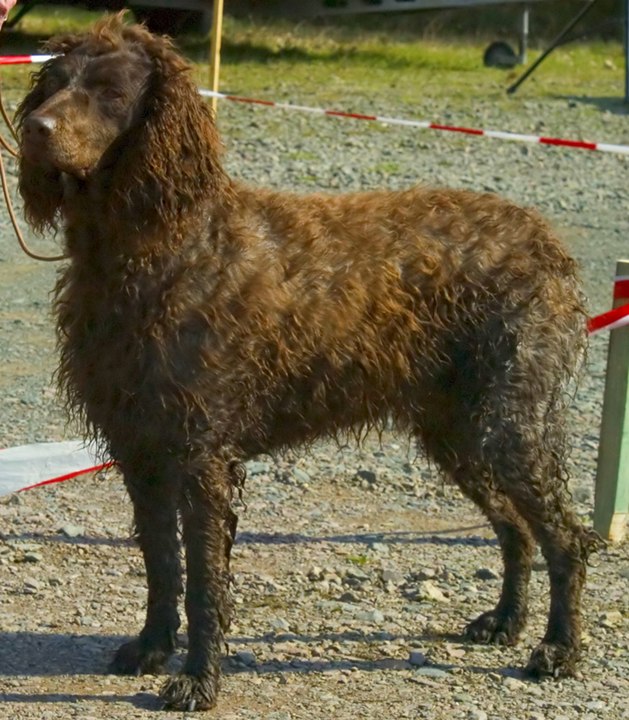
Photo By Alephalpha



